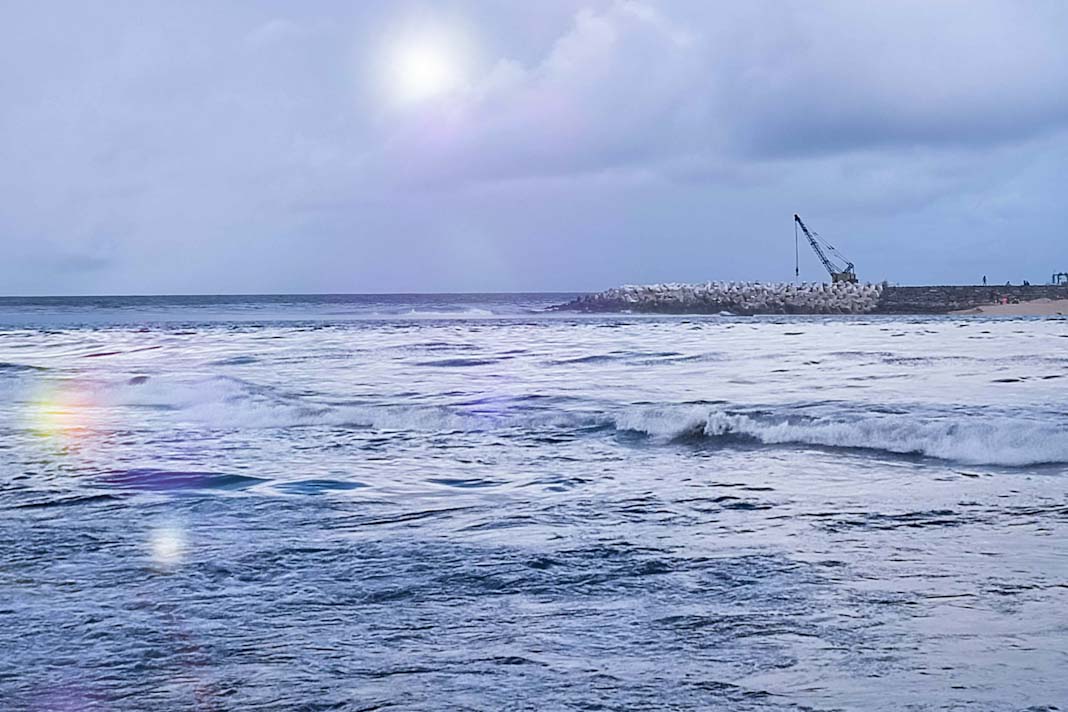- The Galveston LNG Bunker Port project is advancing plans to establish a small-scale liquefied natural gas (LNG) production facility on Shoal Point in Texas.
- This initiative aims to supply clean shipping fuel to the Galveston Bay and Greater Houston port areas.
- Spearheaded by Pilot LNG and Seapath Group, the joint venture seeks permits from state and federal agencies, including the United States Army Corps of Engineers (USACE), to commence construction.
Expanding LNG Infrastructure: Key Components of the Project
The proposed LNG production facility comprises two liquefaction trains capable of producing 600,000 gallons per day of LNG. Additionally, plans include the construction of two LNG storage tanks, feed-gas pre-treatment equipment, and bunkering vessel loading berth facilities. These developments are essential to meet the increasing demand for clean fuel in the region and enhance maritime infrastructure resilience.
Strategic Partnership and Market Positioning
Pilot LNG and Seapath Group, backed by the Libra Group, have signed a project development agreement, outlining their collaboration in project development, technical design, permitting, and marketing. Leveraging their experience in energy infrastructure, the partners are committed to delivering the bunkering port project, which promises positive environmental and economic impacts in Texas City, Galveston, and the surrounding areas. Moreover, the port’s strategic location positions it to serve the growing fuel and bunkering markets in the Galveston Bay Port Complex, catering to diverse customer needs, including LNG marine fuel deliveries in the region.
Navigating Regulatory Requirements and Ensuring Compliance
Securing permits from regulatory bodies such as the Texas Railroad Commission (TRRC) and the United States Coast Guard is crucial for project implementation. Compliance with the Texas Clean Water Act (CWA) and conducting a Waterway Suitability Assessment are integral steps in the permitting process. The project developers express confidence in meeting stringent regulatory requirements, emphasizing their commitment to delivering the project on schedule to meet the region’s increasing demand for clean fuel by 2026.
Did you subscribe to our daily Newsletter?
It’s Free! Click here to Subscribe
Source: LNG Journal






















